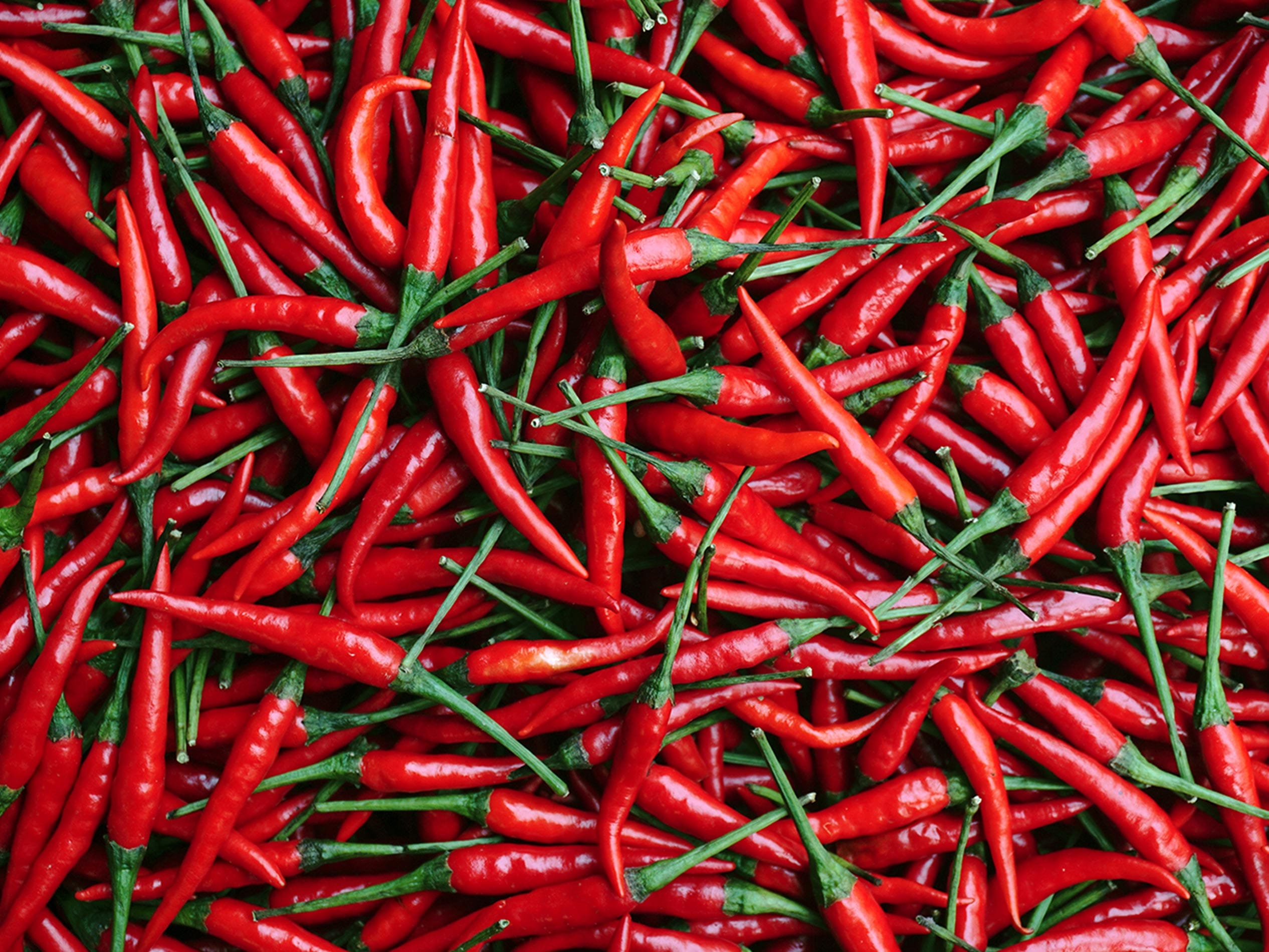The tale of chilli peppers in Spanish cuisine is a story of global exploration, culinary tradition, and socio-cultural dynamics. Unlike many world cuisines that embraced the piquant allure of chilies, Spanish food has maintained a notably subdued relationship with this fiery ingredient. This nuanced affair is rooted in historical encounters, economic developments, and a deep-seated commitment to culinary heritage, unfolding a narrative that spans continents and centuries.

The Arrival of Chilies in Spain
The journey of chillies into the Spanish gastronomic scene began with Christopher Columbus, who, upon his return from the Americas at the end of the 15th century, introduced Europe to these vibrant peppers. Despite initially capturing the Spanish imagination, chilies struggled to find their place at the Spanish table. Unlike other New World imports such as tomatoes and potatoes, which eventually became staples, chilies did not enjoy the same widespread acceptance.
Cultural Preferences and Culinary Integration
Historical records suggest that chilies were grown extensively in Spain and were accessible to the peasant class, earning the moniker "the pepper of the poor". Their affordability, however, also contributed to their limited culinary prestige. Chilies were incorporated into the diets of the lower social strata for their robust flavours, which helped season otherwise bland foods, but they did not ascend to the luxurious heights envisioned by Columbus.
The Spanish palate, deeply influenced by Roman, Gothic, Moorish, and Jewish cuisines over the centuries, developed a preference for subtler flavours. While chillies did make their way into Spanish gardens and kitchens, they were often utilized in their milder forms. The adoption of spices such as saffron, garlic, and paprika, which provided depth without overpowering heat, mirrored Spain’s overall culinary ethos that favoured harmony and subtlety over fiery intensity.
Regional Variability and the Socioeconomic Divide
Regionally, the use of chillies in Spain varies significantly, with certain areas incorporating them more into local dishes. In parts of the Canary Islands, for instance, chillies flavour many traditional recipes, showcasing a warmer embrace compared to the mainland. However, the overarching theme across Spain leans towards a preference for milder spices and fresh ingredients.
The socioeconomic status of chillies, branded as a staple for the economically disadvantaged, played a role in their culinary positioning. This classification, along with the eventual debunking of their once-touted medicinal properties, relegated chillies to the margins of Spanish high cuisine, embedding them instead in the fabric of every day, home-cooked meals among the common people.
The Modern Spanish Palate and Chilies
In contemporary times, while global cuisine has increasingly celebrated the versatility and heat of chillies, Spanish cuisine remains steadfast in its traditional preferences. Exceptions like the 'Pimientos de Padrón', a mild pepper famed across Spain, underscore the complex relationship the country shares with chillies. Such culinary choices reflect a broader philosophy that emphasizes the quality and inherent flavours of fresh, local ingredients over the addition of external spices.
Spain's reserved dance with chilies is emblematic of a culinary tradition that values subtlety, freshness, and history over the seductive heat of these global favourites. The story of chillies in Spain is not just about an ingredient's failure to dominate but rather a testament to the richness of Spanish cuisine, offering a lesson on how cultures adapt, incorporate, and ultimately define their culinary identities. Though chillies may not reign supreme in the Spanish kitchen, they hold a distinct place in the country’s gastronomic landscape, marking the paths of global exchange, cultural preservation, and culinary evolution that continue to define Spain’s epicurean legacy